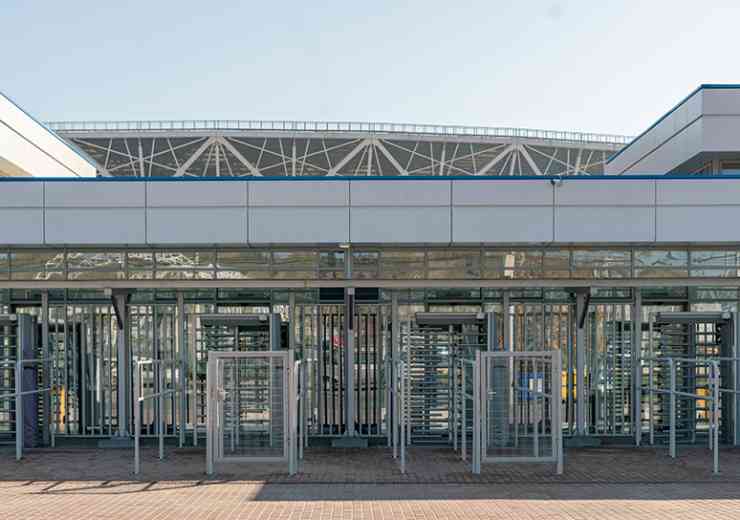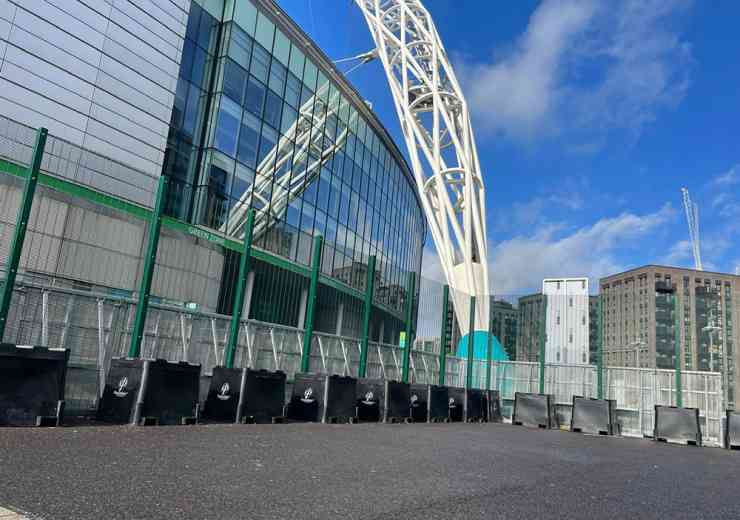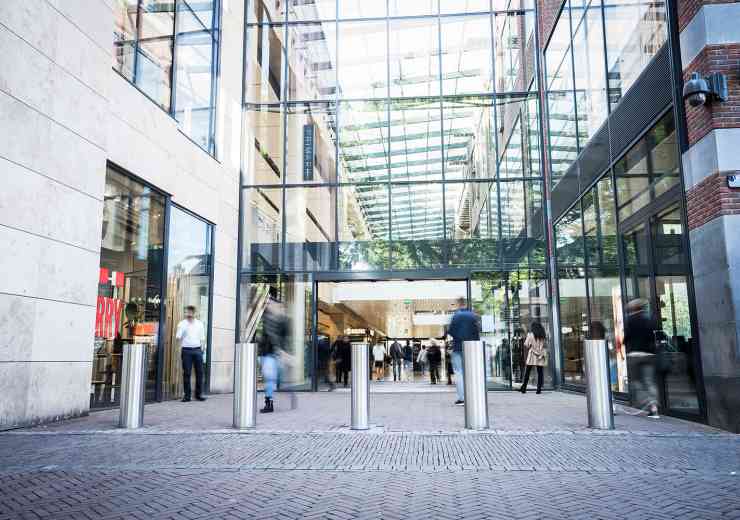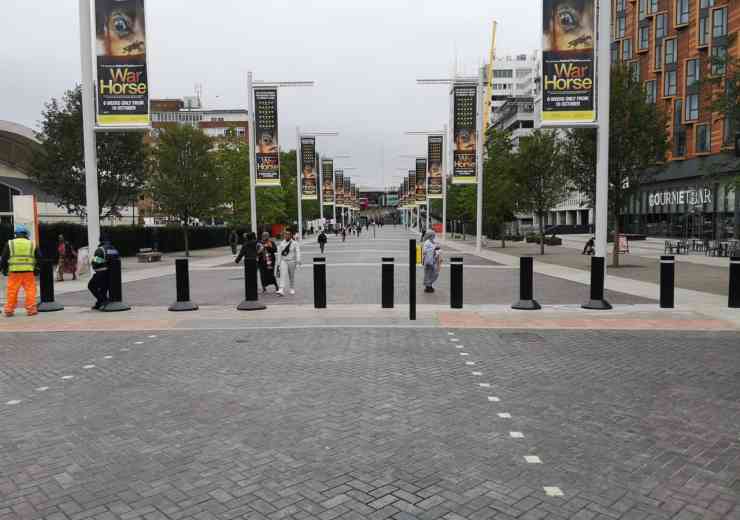
PIDSs and the HSM are pivotal to perimeter security
In a Q&A session with Counter Terror Business, David Owen, the recently appointed country manager for the UK at Heras, talks about a move to a standardised product portfolio, puts the spotlight on perimeter intrusion detection systems (PIDSs) and explains how its Heras Security Model (HSM) is fundamental to securing the perimeters of UK sites of national or strategic importance Please can you give us a brief introduction to the company and what it does? Heras is Europe’s leading end-to-end supplier of permanent and mobile perimeter protection solutions – and from our UK headquarters in Doncaster, we design, manufacture, install and service perimeter protection solutions for governments, local authorities, warehousing and distribution hubs, stadia, public spaces, utility companies, and UK infrastructure sites – such as power stations. We are the only UK company that offers a full portfolio of perimeter protection products and full nationwide coverage to support the customers we partner with. Our perimeter protection solutions comprise products and services including demarcation, entrance control and detection products and integrated systems. Please can you explain your role at the company and your experience? I joined Heras from the oil and gas industry, where I oversaw capacity realignment and expansion projects around the world. I’ve been part of a team that has transitioned to a more standardised and simplified product portfolio – and over the last 12 months, everyone at Heras has been focused on the common goal of serving the needs of our UK customer base. This is reflected in the positive performance of the business in the UK. What is the company’s focus at the moment? Are there any particular priorities? In terms of Heras, the main focus over the last 12 months has been to reconnect with, and foster a much more collaborative and partnering approach with our customers. We don’t just help them protect what they value the most – we also help with perimeter solutions that place safety at the heart of what they do: that’s the safety of staff, visitors, contractors and even intruders. In terms of the bigger picture, the world has changed. We are seeing the results of underinvestment in security in both the public and private sectors not just in the UK but through our businesses right across Europe. There is a gap in required standards, especially, for example, in national interest infrastructure, such as energy and power distribution, but also in commercial interest areas, such as data centres. With regard to the UK, what type of client do you tend to work with and what kind of projects do you do? At one end of the spectrum, we supply perimeter fence lines and automatic gates for warehouses and distribution hubs, fences for schools and turnstiles for sports stadia. At the other end, we are heavily involved in the supply of perimeter systems and solutions for parts of the UK’s critical infrastructure – basically, projects that we can’t openly talk about where the government wants to keep people out or keep people in! One of the key ways that these sites keep people out (or in) is by using perimeter intrusion detection systems (PIDSs) – which are usually installed on the fence fabric to detect any potential intruders attempting to enter the site by climbing over, cutting through or even going under the fence. When an intrusion at the perimeter meets the alarm criteria, PIDSs will transmit an alarm signal directly to an alarm panel and/or integrated software management system (SMS) so that the onsite security team (or designated staff) can verify, and act upon, the alarm in an appropriate and timely manner. Are you able to give us an example of a recent project? If not, could you give us a hypothetical idea of a project that you might carry out? Every project starts by taking customers through the Heras Security Model (HSM), which considers all the different possible scenarios. We can use our model to assign the relevant security level to each aspect of the perimeter security system and then propose the pertinent products to achieve that security level. Part of the HSM is the site survey, where we can establish the needs in terms of a new system, upgrade, renewal or replacement. The site survey looks at the complexities of the site. A recent project was as fascinating as it was challenging for two reasons. The first was that the site was too big for one system. Therefore, the site was split into three distinct zones that feed into two control rooms that monitor PIDSs, CCTV, thermal imaging, electrified sections of fencing, and gates. Quite simply, the site cannot afford to have a control room go down. The second was that the site has three rings of fencing. There’s the perimeter fence line, primary internal fencing and then secondary internal fencing. This is almost unprecedented in our industry, but there are three layers of demarcation, deterrent, detection, delay and denying unauthorised access for good reason. One final point to mention is safety and compliance. Heras has products within our portfolio that meet industry standards and regulations in accordance with the CPNI (Centre for the Protection of National Infrastructure), CAPSS (Cyber Assurance of Physical Security Systems) and NOMS (National Offender Management Service).
















